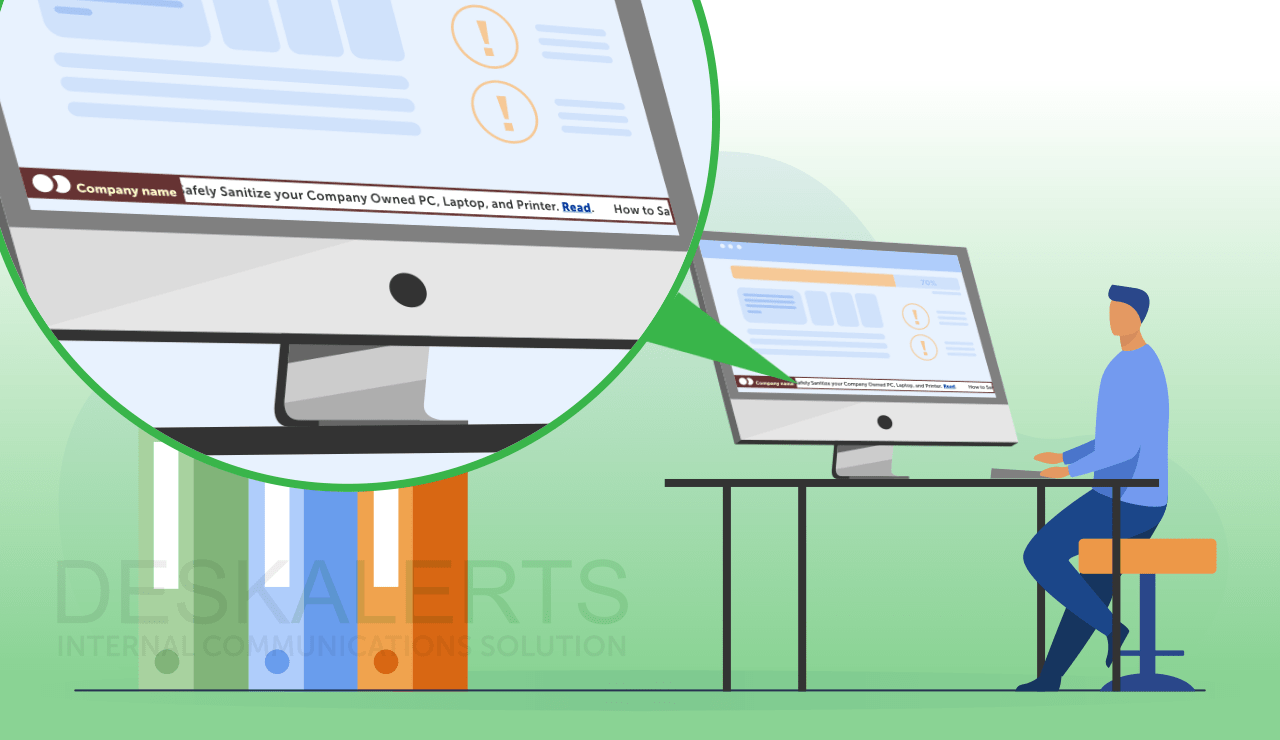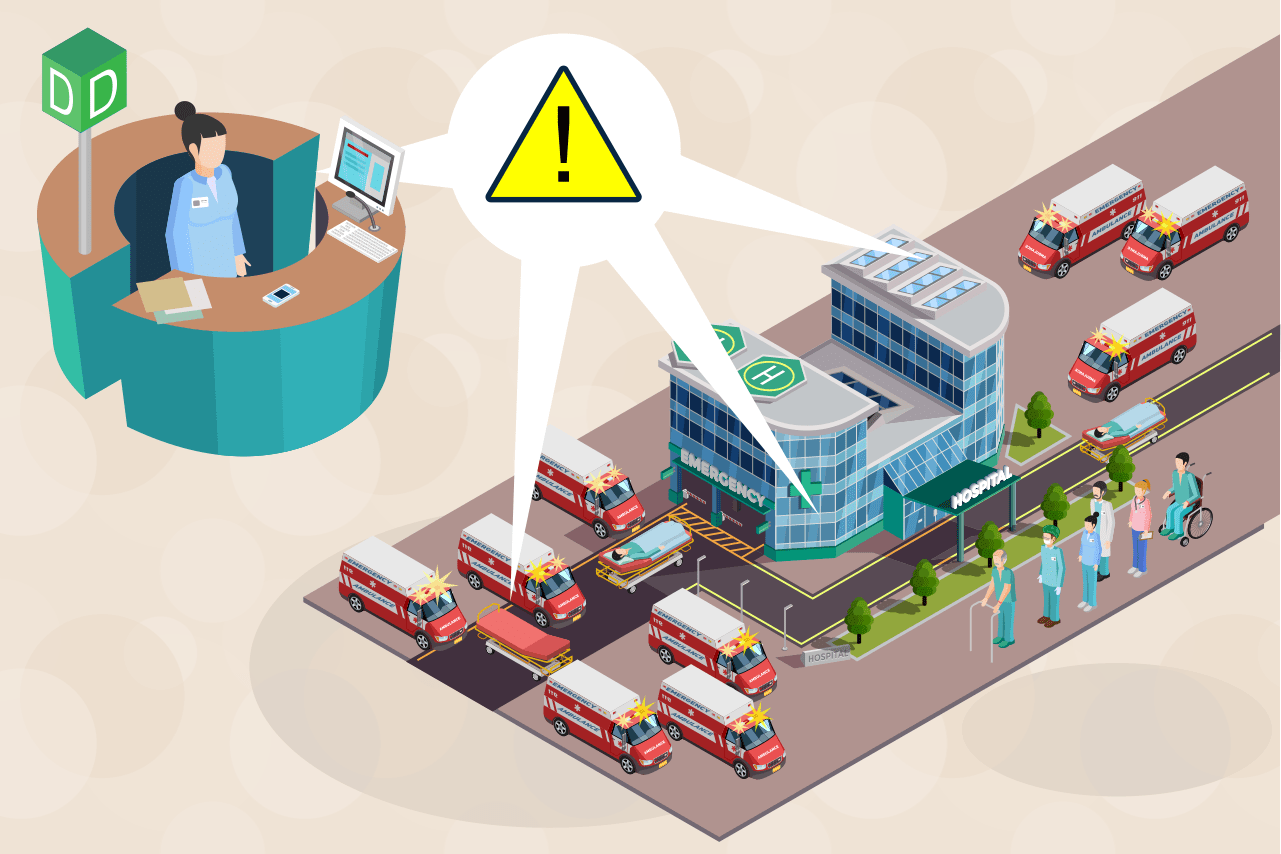 Like almost every aspect of corporate life, Human Resources has been affected by the COVID-19 pandemic presenting challenges for HR professionals to overcome in their workplaces.
Like almost every aspect of corporate life, Human Resources has been affected by the COVID-19 pandemic presenting challenges for HR professionals to overcome in their workplaces.
An AON survey towards the beginning of the pandemic found that only 42% of HR leaders felt their departments were adequately trained and prepared to deal with the challenges of the COVID-19.
Since then, HR departments all over the world have had to navigate various challenges relating to business continuity, being able to manage flexible work arrangements for employees, managing employee communication, as well as with implementing measures to keep employees safe - both physically and mentally. This is on top of their usual work practices, while often working remotely themselves.
The importance of HR communication during COVID
The vital role that internal communications play within organizations has been highlighted during the COVID-19 pandemic.
Without clear, concise, and regular communications, employees face being disconnected from their organizations, particularly if they work remotely.
Communication is the glue that holds teams together while everyone is working apart - without it, employees won’t have a clear understanding of what is expected of them and what the organization is doing to keep the business running during these uncertain times. An enormous amount of work is being done by organizations in terms of business continuity, developing wellness programs, and other resources to assist employees with COVID-19 - all that effort is for nothing if employees don’t know about it.
For other employees who are still attending the workplace, there is a risk their safety could be compromised if they cannot access important health and safety advice and understand protocols and procedures.
That is why HR communications are crucial.
Overcoming common HR communications challenges during COVID
The pandemic is likely to keep presenting the same challenges for a long time into the future. It’s also increasingly likely that workplaces and workplace culture will be changed forever due to the pandemic, which makes communication all the more important. Here are some common HR challenges and how internal communications can help:
1. Issuing health and safety advice
COVID-19 has meant that HR departments have needed to issue a lot of advice on health and safety. This includes protocols for hand hygiene, mandated mask and face coverings, social distancing, and what employees need to do if they are sick or come into contact with someone who is.
On top of this, local government mandates around the virus change frequently, depending on where the business is located. Employers are bound to follow any legal requirements in the jurisdictions they operate in.
For large organizations with employees working across multiple geographic locations, this can pose additional headaches. For example, employees in one city may be facing shelter-in-place orders and cannot leave their homes, while in another, it may be business as usual.
Because of the life-or-death nature of the virus, you should treat all your employee communications about health and safety the same as any other emergency employee communications. This includes having an internal emergency communications software where you can easily let people know if there is an immediate threat to health and safety. For example, you can send pop-up notifications advising if there has been a positive COVID-19 case in the workplace and outline steps employees need to take to be safe.
These types of HR alerts can also work well in response to changing advice and requirements from governments. With localized targeted advice, ensure that you are sending to custom audiences only - not the entire organization, or you can weaken your messaging and cause people to tune out and potentially miss crucial advice.
Look at other innovative ways to promote your health and safety policies like hand washing and mask use. Corporate screensavers and digital billboards can get these messages across in a simple way, using imagery.
2. Ensuring employees can work well remotely
The rise of remote work during the pandemic has been challenging for many HR departments, particularly if they have never had a remote workforce to manage before. They need to make sure employees have the right tools and equipment to do their jobs from home, can work safely from home, and are able to work productively.
In a traditional office environment, HR only needs to walk around the office to see that everyone has proper desks and chairs and is using the facilities safely. With remote working, this is much more challenging.
Surveying employees regularly can help to determine if they have the right tools and equipment at home to perform their jobs. This can also help HR to determine whether or not employees understand and are familiar with any remote working policies and protocols.
Desktop pop-up alerts and video alerts can also be sent to remind employees about general workplace safety while working from home. Consider making instructional videos on adjusting desks and chairs, and proper monitor height.

3. Keeping work teams connected
Workplace culture is one of the things that help to define an organization. Positive workplace cultures are attractive for employees and help to build loyalty and retain good workers. Social interaction plays a huge role in workplace culture. Unfortunately, the disconnectedness caused by the pandemic is eroding workplace culture for many people.
Communicating company culture, you help to keep it alive. Scheduling less formal meetups, for example, team trivia events or online after-work drinks can help to foster the sense of camaraderie your employees are used to in the workplace.
4. Onboarding new employees
Working remotely during a pandemic is a strange time to start a new job. There’s no going into the office to meet your new boss and work colleagues and all of the usual things that happen on an employee’s first days in a company.
It’s so important to have a solid and reliable onboarding process for new recruits all the time, not just during the pandemic. But the pandemic has really brought the importance of this process to the fore.
Developing consistent procedures and systems to introduce new employees to the company is critical - no matter what role they are doing. Every new recruit should have the same experience beginning the company and should have access to all the tools and information they need to perform their jobs, and support from their managers.
Video education can be delivered as an HR alert showing new employees what to do and what to expect working at the company. You can test their knowledge with quizzes to see if the information has been retained.
>> Learn how to onboard new employees remotely during COVID <<
5. Workplace mental health and stress management
A recent survey by workplace mental health provider Ginger revealed that almost 7 out of 10 employees feel that the COVID-19 pandemic has been the most stressful time of their professional career.
It’s hardly surprising… there is a lot to be stressed about. There’s fear and worry about the virus, economic uncertainty, loss of personal freedoms, and complexities around working from home. Some people have to work in isolation and don’t see other people for weeks on end. Some are working while juggling kids doing home learning.
Many people are also coping with grief if they have lost a family member or friend to the virus.
The end result is that it is taking a toll on employees, which can affect their concentration and productivity.
HR departments that don’t already have workplace wellness programs should consider implementing them to assist with mental health and stress management. Existing programs can also be modified to look at ways to deal with COVID-related stress.
And if you have wellness programs, don’t bury information about them on your corporate intranet or send a one-time email about them. Look at innovative ways to send reminders to employees about their availability. Corporate screensavers and wallpapers, for example, are a great way to keep these front of mind.
6. Preparing for a return to the workplace
At some point, many organizations will have to decide whether their employees need to return to the office after COVID and what that will look like. Whether it is only some staff who will work from the office while others remain at home, or whether the entire organization is expected to go back, communicating expectations and timelines is critical.
When there is a lack of clear information, speculation and rumors can easily take hold - leading to unnecessary fear and panic.
Have a communications strategy in place outlining when you will begin working from the office again, who will be expected to go to the office, what days they will be expected to attend the office and what measures will be in place to keep employees safe when office life returns.
Intranet content, emails, and newsletters are an excellent way to communicate this. You can also send pop-up HR alerts and mobile app push notifications to ensure everyone sees the information and clicks on links to read the details.
***
While the pandemic continues and businesses continue to respond to rapid change, it’s important that you can bring your employees along on the journey by keeping them informed every step of the way.
With workplaces set to be changed forever, communication will continue to have an important role as we navigate the new normal way of corporate life. Getting good communications practices and procedures in place now will benefit the Human Resources team both now and well into the future.
 Caroline Duncan
Caroline Duncan
 Like almost every aspect of corporate life, Human Resources has been affected by the COVID-19 pandemic presenting challenges for HR professionals to overcome in their workplaces.
Like almost every aspect of corporate life, Human Resources has been affected by the COVID-19 pandemic presenting challenges for HR professionals to overcome in their workplaces.






